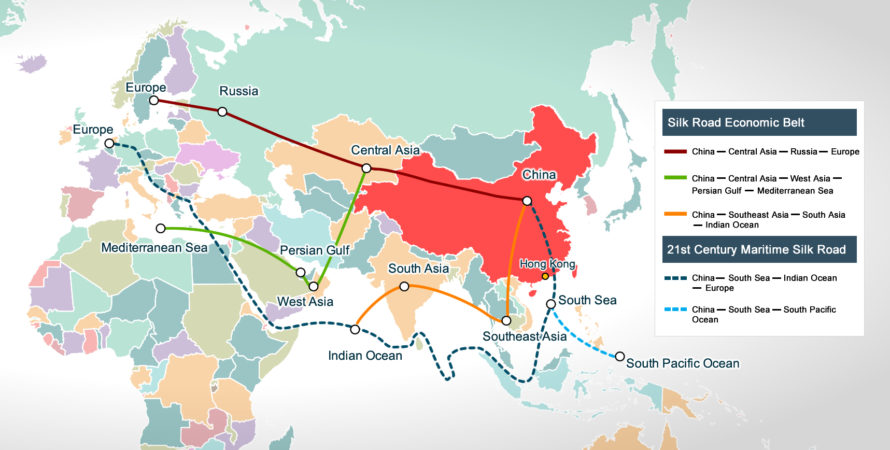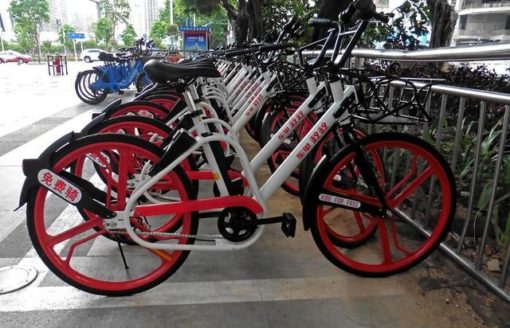China’s Belt and Road Initiative (BRI), formerly known as One Belt One Road, is comprised of the Maritime Silk Road and the Silk Road Economic Belt, its land-route counterpart. This majestic project has enormous economic and other key ramifications for the various nations situated along the routes. A little more than a year ago, intrigue was intensified by a gathering of countries and associations in Beijing organized by the Chinese government to explain and discuss the BRI as well as encouraging their involvement.
The principal rationale for the Belt and Road Initiative is to enhance connectivity among China, Eurasia, Europe and Africa for trade, cultural exchanges and cooperation, primarily by building, upgrading or expanding transport and other infrastructure. For the Maritime Silk Road in particular, it represents sea routes extending from China through Southeast Asia, the Oceania, the Indian Ocean, Middle East and East Africa into the Mediterranean Sea, with improving port facilities being the major focus.
Progress has been made in projects related to the Maritime Silk Road. Some examples are:
- Malaysia’s KAJ Development plan is to build a deep seaport as part of the Malacca Gateway in conjunction with three Chinese companies, namely PowerChina International, Shenzhen Yantian Port Group and Rizhao Port Group. The Malacca Gateway, a complex consisting of the seaport and various commercial, industrial and tourism facilities, will be a new cost-saving option for ships currently pass through the Malacca Strait, a narrow stretch of water between the Malay Peninsula and the Indonesian island of Sumatra.
- Sri Lanka Ports Authority and China Merchants Port Holdings have co-developed the Hambantota Port in Sri Lanka, which is only 10 nautical miles from a busy shipping route in the Indian Ocean, with the Phase 2 of the project beginning to operate in April 2015. The port acts as a major hub to serve the South Asia market of 1.7 billion people.





Demand for RMB is on the Rise